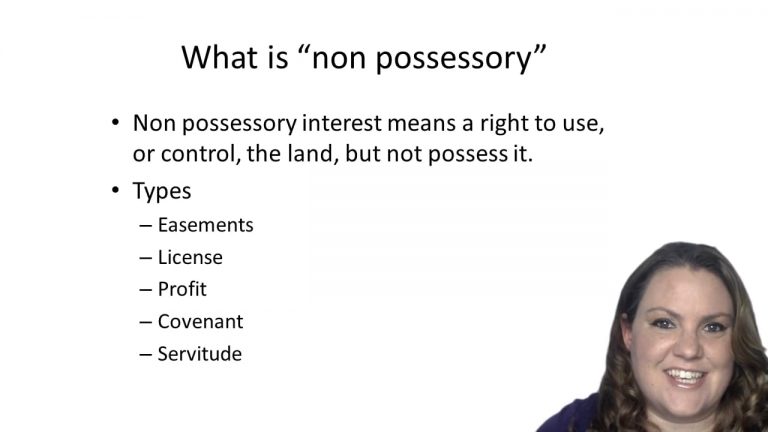SmartBrief
Confirm favorite deletion?
Property Law Keyed to Singer
Lobato v. Taylor
Citation:
71 P.3d 938 (Colo. 2002) (en banc)Facts
In 1848, the United States and Mexico entered into the Treaty of of Guadalupe Hidalgo whereby Mexico ceded land to the United States including California, Nevada, Utah; most of New Mexico and Arizona; and a portion of Colorado. Carlos Beaubien owned land in Colorado that was part of the Sangre de Cristo grant. In the 1850s, Beaubien recruited farm families to settle portions of the land allotting vara strips to families and leaving areas open for common use. After cessation, the United States agreed to honor existing property rights in the ceded land and, in 1860, Congress confirmed Beaubien’s claim to the Sangre de Cristo grant. In 1863, Beaubien gave established settlers deeds to the vara strips and executed the “Beaubien Document” granting rights of access to common lands and guaranteeing rights to “enjoyment of benefits of pastures, water, firewood and timber.” Beaubien died a year later, and his heirs sold the land to William Gilpin via a prior oral agreement. In 1960, Jack Taylor purchased approximately 77,000 acres of the Sangre de Cristo grant from William Gilpin’s successor in interest. The deed indicated the land was subject to “claims of the local people by prescription or otherwise to right to pasture, wood, and lumber and so-called settlement rights in, to, and upon the land.” Taylor, however, denied the landowner’s access to the Taylor Ranch and fenced the property.
Only StudyBuddy Pro offers the complete Case Brief Anatomy*
Access the most important case brief elements for optimal case understanding.
*Case Brief Anatomy includes: Brief Prologue, Complete Case Brief, Brief Epilogue
- The Brief Prologue provides necessary case brief introductory information and includes:
Topic:
Identifies the topic of law and where this case fits within your course outline.Parties:
Identifies the cast of characters involved in the case.Procedural Posture & History:
Shares the case history with how lower courts have ruled on the matter.Case Key Terms, Acts, Doctrines, etc.:
A case specific Legal Term Dictionary.Case Doctrines, Acts, Statutes, Amendments and Treatises:
Identifies and Defines Legal Authority used in this case.
- The Case Brief is the complete case summarized and authored in the traditional Law School I.R.A.C. format. The Pro case brief includes:
Brief Facts:
A Synopsis of the Facts of the case.Rule of Law:
Identifies the Legal Principle the Court used in deciding the case.Facts:
What are the factual circumstances that gave rise to the civil or criminal case? What is the relationship of the Parties that are involved in the case.Issue(s):
Lists the Questions of Law that are raised by the Facts of the case.Holding:
Shares the Court's answer to the legal questions raised in the issue.Concurring / Dissenting Opinions:
Includes valuable concurring or dissenting opinions and their key points.Reasoning and Analysis:
Identifies the chain of argument(s) which led the judges to rule as they did.
- The Brief Prologue closes the case brief with important forward-looking discussion and includes:
Policy:
Identifies the Policy if any that has been established by the case.Court Direction:
Shares where the Court went from here for this case.
Topic Resources
Topic Videos
 7m 12s
7m 12s 9m 48s
9m 48sTopic Outline
Topic Refresher Course
